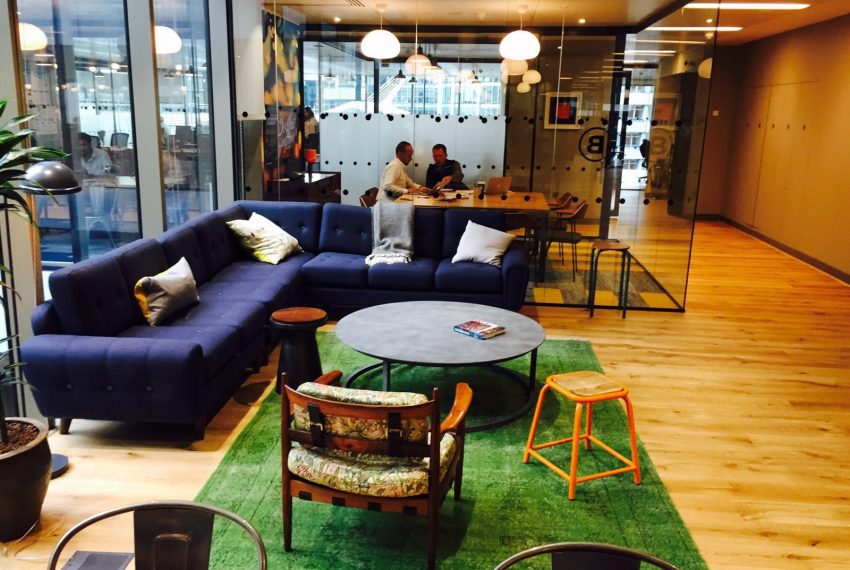
What is agile working?
Agile working, whilst certainly not a new concept, introduces a new way of working. It is essentially a tool to allow organisations to eliminate any barriers to working efficiently, creating responsive and more effective work. It incorporates themes of flexibility, creating dynamism in a workplace, as opposed to static stations where employees are glued to their desks.
Agile working is a term born from the software world, dating back to the 1970s, it was outlined in 2001 in ‘The Agile Manifesto’, where a group of tech advocates determined the underlying philosophical concepts and defined the methodology. Implementing agile forms of working, encouraged adaptive design, which ultimately gave control over the unpredictably within projects. It has now developed, and is embraced by organisations all over the world.
What is more, in recent years the barriers of the office have been broken down, with a new workforce of millennials questioning the preconceived notions of the office. With a new workforce and the high connectivity the the internet offers, the office has become a somewhat transient place. Agile working builds upon these concepts, with hot desking and break out spaces becoming integral factors to an agile environment.
In order to have a functioning agile environment you must shed the boundaries of hierarchies, deconstruct projects through collaborative work and embrace flexibility. The flexibility of this new form of working aims to impact ‘presenteeism’, stimulating employees to engage in their work, and work in a way that suits them. Whilst ‘Agile working’ is a multifaceted term, and acts as an umbrella to a varied number of practices, its goal is one and the same, optimizing performance through adaptive collaborative work.
A positive factor within agile working, alongside the results that can be seen in employee performance is the reduced cost, due to multiple employees using the same workspace. Organisations can fit more employees in one space, with the elimination of a dedicated desk. However, with the positive aspects also comes negativity, as not all employees respond well to sharing spaces and tensions can prevail in the workplace.
Despite the negative elements agile working has allowed business’ to meet customer needs more effectively, companies are able to retain high quality talent, and it has allowed business’ to make strategic changes, for the better of the company. Agile working has naturally progressed up to this point, and due to the path it is on, will continue to impact business’ on a Global scale for years to come.
To find our more about Agile working get in touch with out team on 020 3434 3860 or send us an email at sales@reesa.com.
